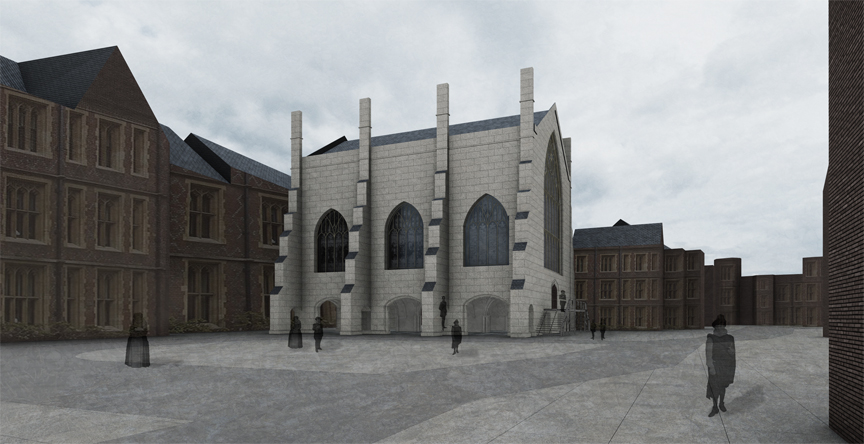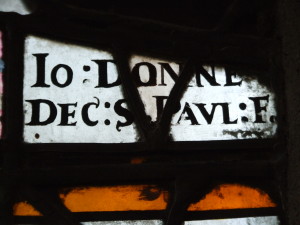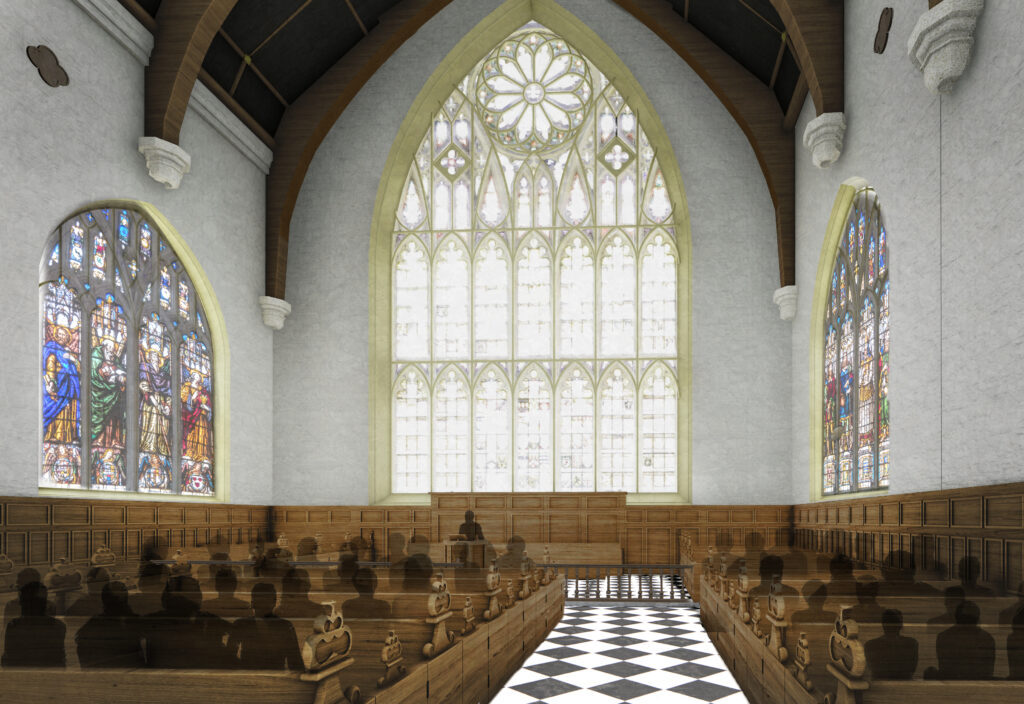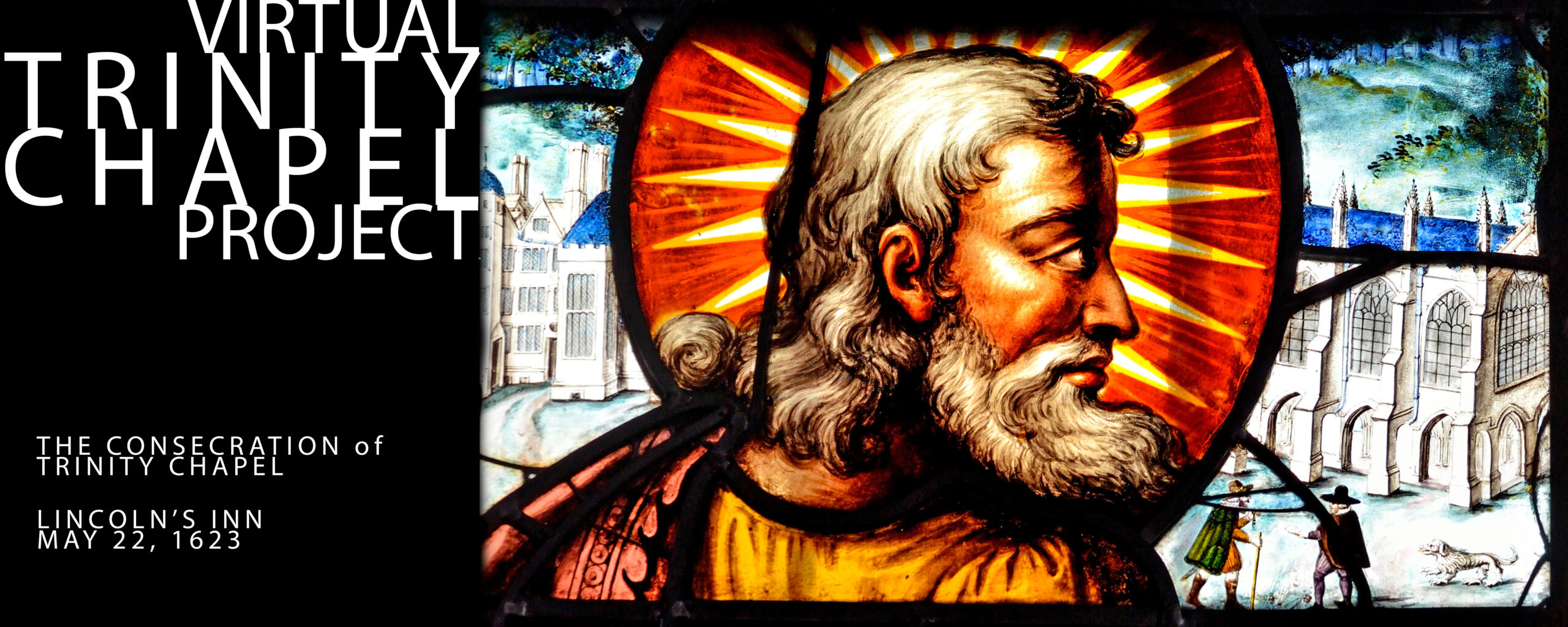Support

This project began as a collaborative effort by John N. Wall, Professor of English at NC State University, and Zola Packman, Professor of Classical Languages, also at NC State University.
Wall and Packman express theier deep appreciation for the work of Guy Holborn, Librarian at Lincoln’s Inn, who has been unfailingly helpful and supportive in sharing with us the riches of the Inn’s Archives for the early modern period, especially in regard to John Donne’s time as Preacher for Lincoln’s Inn and his involvement in the building and consecration of Trinity Chapel. His support extended far beyond his responsibilities to the Inn, including, on one memorable day, bringing to Trinity Chapel a folding ladder so Wall could use it to explore the acoustics of the Chapel.
We are also indebted to Peter Foden and Jo Hutching, Archivists at Lincoln’s Inn, for their assistance in understanding Donne’s continuing relationship with Lincoln’s Inn even after he became Dean of St Paul’s Cathedral in 1621.
We are also indebted to Dr Steven May, a Professor of English at Emory University, who helped us interpret Hugh Price the Joiner’s handwritten invoice for his work building the furniture of Trinity Chapel. We are also grateful to the architectural historian Peter Guillery for helping us understand the technical terminology employed by Price in his description of his work.

We are indebted to Dr Diarmaid MacCulloch, Professor of Church History at Oxford University, for his assistance in transcribing and translating the text of Donne’s window in Trinity Chapel, as well as for his assistance on numerous occasions with early modern Latin.
We are indebted to Eugene W. Brown, AIA, for his images of the floor plan of Trinity Chapel, both in 1623 and in 2007.
We are also indebted to two students in the Masters of Architecture program in NC State’s College of Design — to Trevor Healey, who designed this website, and especially to Jack McManus, who created the renderings of Trinity Chapel in 1623.
We are also grateful to Dr Peter McCullough, Sohmer Fellow in English Renaissance Literature at Oxford University, for his role as General Editor of the Oxford Edition of the Sermons of John Donne.
We are grateful to Dr Emma Rhatigan, Lecturer in English at the University of Sheffield, for her pioneering work on Donne at Lincoln’s Inn, especially her essay “Knees and Elephants: Donne Preaches on Ceremonial Conformity,” John Donne Journal 23 (2004): 185-213 and her forthcoming volume John Donne: Sermons Preached at the Inns of Court, 1616-19, Volume IV in the Oxford Edition of the Sermons of John Donne.
We are also grateful to Dr Katrin Ettenhuber, Fellow and Director of Studies in English, Pembroke College, University of Cambridge, for her editing of John Donne: Sermons Preached at Lincoln’s Inn, 1620-23, Volume V in the Oxford Edition of the Sermons of John Donne (Oxford, 2015).
We are also indebted to M. Thomas Hester, editor of John Donne Journal for publication of an early version of this material, “Situating Donne’s Dedication Sermon at Lincoln’s Inn, 22 May 1623,” JDJ 26 (2007), 159 – 239.
We owe a similar debt to Edward Bond, editor of The Journal of Anglican and Episcopal History, for his publication of a later version as “Worship at Trinity Chapel, Lincoln’s Inn, 22 May 1623.” In The Journal of Anglican and Episcopal History 81 (2012), 113-210.
We are also grateful to the Historical Society of the Episcopal Church for awarding this article the Nelson R. Burr Prize, recognizing outstanding scholarship in Anglican and Episcopal History.

